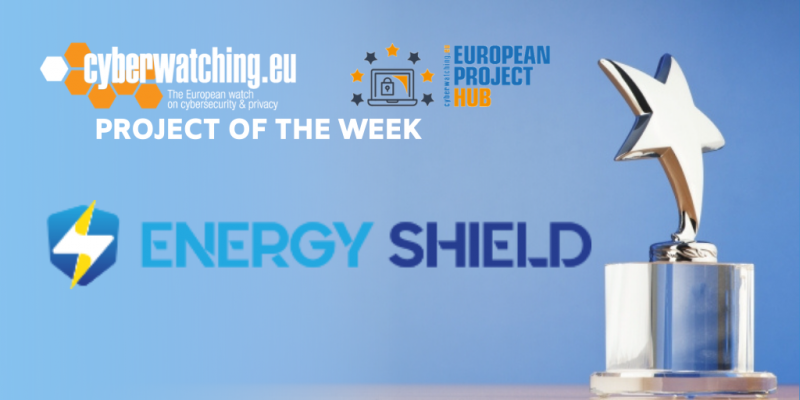
PROJECT OF THE WEEK - ENERGYSHIELD

Date:
18/01/2021 to 22/01/2021
The Electrical Power and Energy System (EPES) is of key importance to Europe's economy, as all other domains rely on the availability of electricity. A power outage can directly impact the availability of other services such as transport, finance, communication and water supply. Digital solutions have become essential to keeping the light on and the energy grid humming, but there is an increased risk of cyberattacks. As such, addressing cybersecurity is necessary. The EU-funded EnergyShield project will develop an integrated toolkit that combines the latest technologies for vulnerability assessment, monitoring and protection, as well as learning and sharing. It will be tailored to meet the needs of EPES operators.
EnergyShield Project Objectives
The EnergyShield project will develop an integrated toolkit covering the complete Electrical Power and Energy System (EPES) value chain (generator, TSO, DSO, consumer). The toolkit combines novel security tools from leading European technology vendors and will be validated in large-scale demonstrations by end-users.
The EnergyShield toolkit will combine the latest technologies for vulnerability assessment (automated threat modelling and security behaviour analysis), monitoring and protection (anomaly detection and DDoS mitigation) and learning and sharing (security information and event management).
The integrative approach of the projec tis unique as insights produced by the various tools will be combined to provide a unique level of visibility to the users. For example, it will be possible to combine vulnerability scanning with automated threat modelling to provide insights into software vulnerabilities present in architecture in combination with insights into what are the key assets, risks and weak links of the architecture. The toolbox will allow end-users to predict future attacks (as it provides insights to what attacls can be applied to the weakest links of the architecture) and learn from past attacks (for example using the insights from the vulnerability assessment and threat modelling to prevent attacks, and learning from attacks to update the probabilistic meta-model of the threat modelling).
The toolkit will be implemented with the complete EPES value chain who will contribute to the specification, prototyping and demonstration phases of the project. Although the toolkit will be tailoreed to the needs of EPES operators, many of the technology building blocks and best proactices will be transferable to other types of critical infrastructures.
The consortium consists of two large industrial partners (SIVECO and PSI), whereof SIVECO is taking the lead supported by six innovative SMEs, three academic research organisations and seven end-users representing various parts of the EPES value chain.
Read more details on the EnergyShied dedicated page and find out more about the latest update, project results and benefit to its end-users.
Visit their official website and social media accounts:
Week:
Monday, 18 January, 2021 to Friday, 22 January, 2021
News
On the event of the adoption of the draft regulation laying down measures for a high common level of cybersecurity at the institutions, bodies, offices and agencies of the Union, the AI4HealthSec project kicked off a process to provide its opinion.
Resources for EU Research
Resources for SMEs
News & Events
Reports
Cyberwatching.eu has received funding from the European Union’s Horizon 2020 research and innovation programme under grant agreement No 740129. The content of this website does not represent the opinion of the European Commission, and the European Commission is not responsible for any use that might be made of such content. Privacy Policy | Disclaimer / Terms and Conditions of Use
